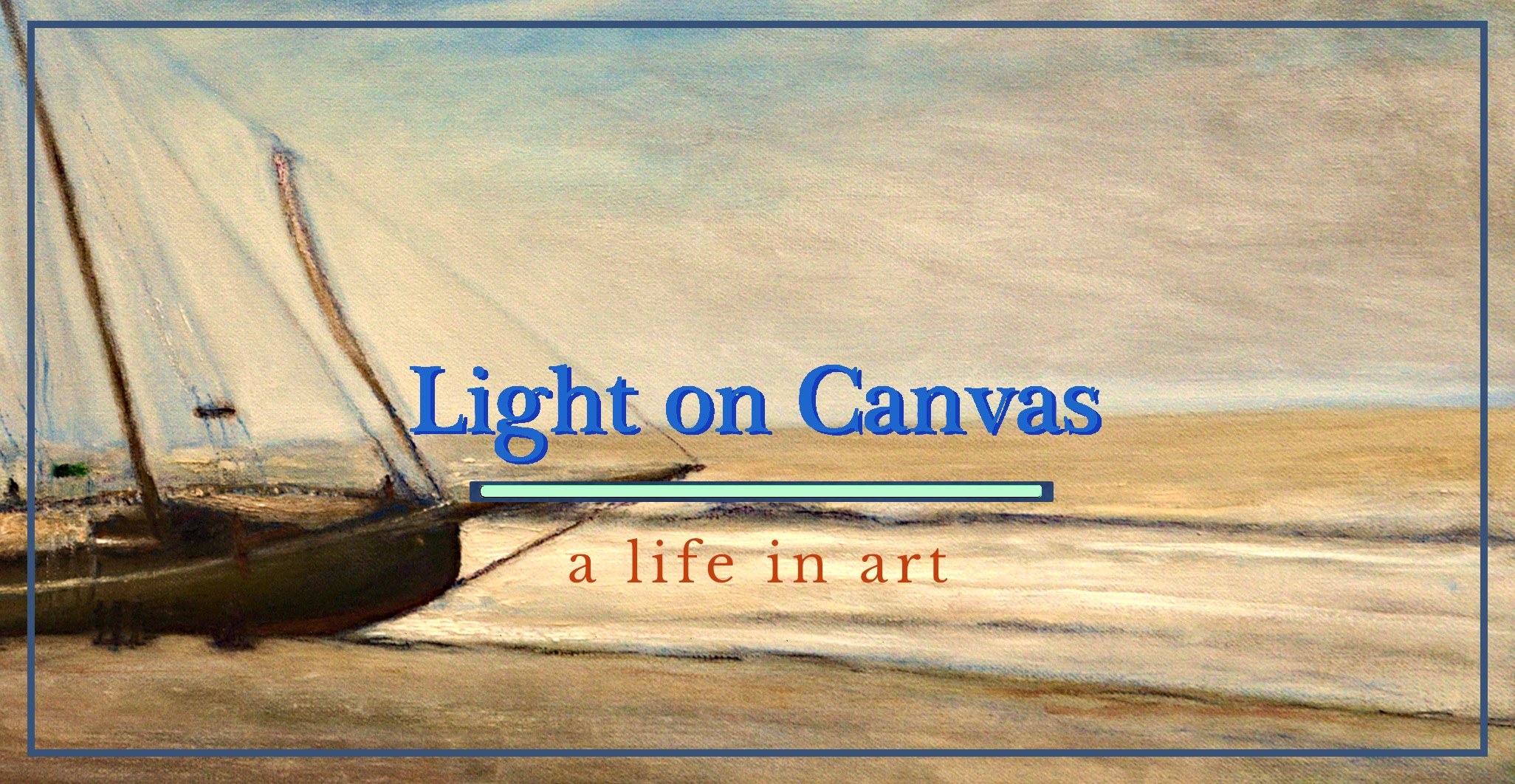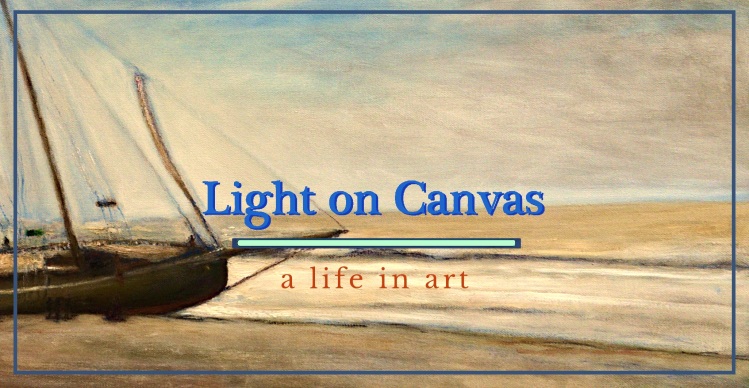What is seen and called the picture is what remains – an evidence. Even as one travels in painting toward a state of ‘unfreedom’ where only certain things can happen, unaccountably the unknown and free must appear.
Philip Guston
So much packed into these two lines.
Let’s begin with “an evidence.” This is at the core of painting. We manipulate a surface and what remains is evidence. Physical evidence. Paint freezes. It congeals into a solid. It has opaque qualities and yet is always more or less transparent, certainly translucent. What was done to the surface. What pigments were added. How they were moved about. Even what was removed. All leave traces that remain.
The eloquence of paint resides in its ability – when arrayed upon a surface, a “privileged surface” on which we expect we should give it our full attention – to create a perceptual field that can be viewed as a space as well as a flat – at most a shallow relief – surface. This space can hold anything we might recognize from our previous experiences of perceptions of the world along with anything we might imagine to exist. As well as providing ambiguities that allow us to freely project whatever is in us waiting for some hint from the context of the field to present itself.
All this is “evidence.” Evidence of this kind is different from anything else we can encounter. Actual experience occurs in a flow of time. We cannot hold it in place and return to it as a definite thing. Memory is a shifting construct, lacking in any potential for workable traction, trapped inside our own minds with no means of direct communication with another. We cannot visit a memory as a concrete existence and then affect it and then experience – or share – how it changes. A written description of an event is a series of abstractions that can create the illusion of visibility although there never is a thing there – as with memory – that can be worked on or with concretely.
The combination of qualities that produce this nature of evidence create the medium in which painting operates. In this sense a meta-medium. The physical materials are its literal medium. This meta-medium is where Guston’s second point comes into play.
A painting begins within an infinite realm of possibility. This is true even though the particular size and shape of the surface/canvas, the paints on one’s palette, what these hands and these tools could possibly do with and to that paint and that surface; even within these constraints there is still an infinity of creativity available to us. Painting is then an engagement with the freedom of its inception and the “unfreedom” at which it will arrive if it is to become this painting.
His final phrase, “…unaccountably the unknown and free must appear.” Ties it all together. For a painting to approach the potential of its medium it must move beyond intention and the sorts of negotiations Ego would have us chained to. What unlocks the potential of a painting is how it holds the unaccountable and the free within its evidence. Evidence that has reached a point at which the painter no longer has any freedom to make any changes. A point at which the only option open to an act of Will is its destruction.
Destruction is the only end bald intention can own. Creativity in any of its aspects is a dialogue between intention loosely held and a clarity of vision that recognizes what our “evidence” has risen to. Will can only counter this with the certainty of destruction.
So the painting, this piece of evidence, exists in the crux between possibility and constraint. Both raised to the highest stakes. Both entered into within a space of compassion and a relaxation of the demands of Will.
The evidence left behind is clear. Either eloquent or garbled. Marred, imperfect, it cannot hide whether the parameters of painting’s potential were appreciated and honored in its making. The lasting existence of its evidence remains in a form open to sight, to reflection, to the cooling of initial enthusiasms, and even the obsolescence of the entire world view in which it was created. This makes painting an act of radical intimacy.
It is precisely within the dynamics laid out by Guston in this short statement that a painter must exercise her courage.
***
These are from a series of Guston quotes found on Art Quotes.
I’ve been drawn to Guston’s writing on art since I first heard of him years ago. His painting has been an inspiration, but his greatest influence has been on my conception of art. Recognitions of his insights have come to me again and again in my own practice.



One thought on “What Makes it Art? Guston Quotes, Part II”